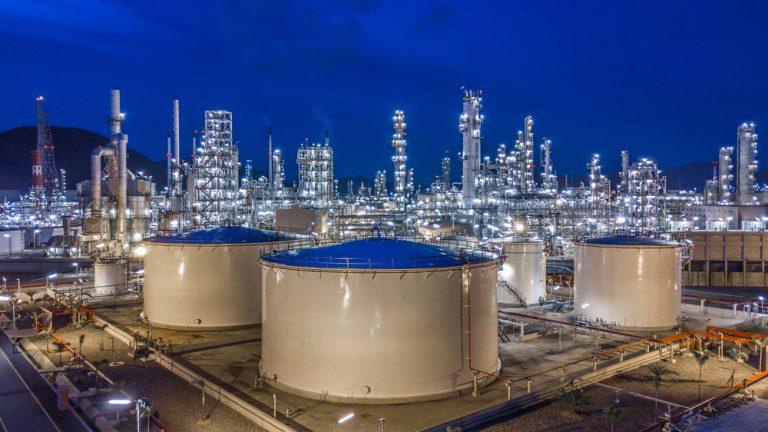
Global Oil prices have recovered on Thursday following a hectic few weeks involving Brexit negotiations, Chinese-US relations and tensions in Iraq.
Many analysts were initially skeptical as to whether the United States and China could hash out a trade deal following months of tariffs leading to business slumps and supply issues.
However, despite the odds a Phase 1 deal has alleviated the pressure on the oil markets, however any gains made hit the ceiling which the International Energy Agency said it expected oil production to surplus demand.
The phase 1 deal which Donald Trump announced to the media yesterday involved China committing to buy over $50 billion more of US oil, liquefied gas and other energy related products over a two year period.
There has been a period of stability for global oil prices, after the world had seen a feud between the US and Iran over the assassination of Qasem Soleimani which heightened political tensions between the two superpowers.
The International Energy Agency said that rising oil production from non-OPEC involved states tied in with abundant global reserves will allow the market to brush off further political tensions between the US and Iran.
The IEA also said it expected production to outstrip demand for crude from the Organization of the Petroleum Exporting Countries (OPEC) even if members comply fully with a pact with Russia and other non-OPEC allies to curb output.
Significantly, oil prices did see a dip yesterday following the EIA report showing that inventories across the country fell by 2.55 million barrels for the week ending January 10, this was a significant fall from the 474,000 figure expected by analysts.
UBS (SWX:UBSG) said in a note “provided Middle East tensions do not intensify and cause production disruptions, Brent should decline toward the bottom of a $60–65 per barrel trading range in 1H20 before recovering to the top of it in the second half of the year”.
In the weekly update provided by the EIA yesterday, gasoline inventories jumped by about 6.7 million barrels, compared with expectations for a build of about 3.4 million barrels.
Additionally, distillate stockpiles, jumped by about 8.2 million barrels, which crushed expectations of a rise in the figure of 1.2 million barrels. This was the biggest weekly build in distillates since September 2017.
The EIA also noted that US crude oil refinery inputs averaged 17 million barrels per day which was a rise of 76,000 from the previous week’s average. Refineries operated at 92.2% of their operating capacity last week.
U.S. crude oil imports averaged 6.6 million barrels per day last week, down by 179,000 barrels per day from the previous week.
U.S. commercial crude oil inventories (excluding those in the Strategic Petroleum Reserve) decreased by 2.5 million barrels from the previous week.
